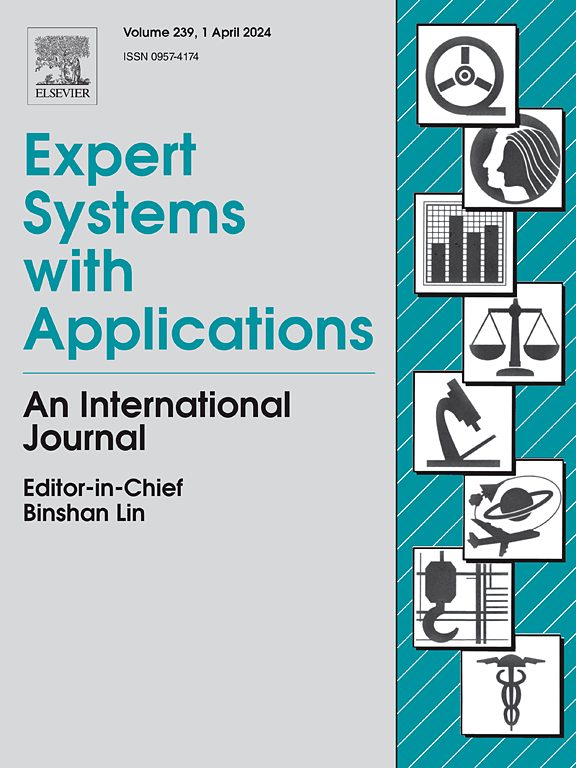MMT-SNN: Markovian decision and multi-threshold spike delivery integrated adaptive spiking neural network for tactile object recognition
IF 7.5
1区 计算机科学
Q1 COMPUTER SCIENCE, ARTIFICIAL INTELLIGENCE
引用次数: 0
Abstract
Tactile object recognition represents a significant research direction within the field of robotic perception. Traditional frame-based tactile object recognition methods encounter limitations when applied to event-driven tactile data, especially under rapid dynamic change conditions. In contrast, spiking neural networks (SNNs) demonstrate higher efficiency when processing event-driven tactile data streams. However, the parameter update strategies employed by the existing SNN models typically rely on fixed learning strategies and regularization parameters, which may lead to slow convergence or entrapment in local optima when handling complex, variable tactile signals. Moreover, the current SNN models for tactile recognition often utilize single-neuron firing mechanisms, which restricts their overall neuronal expression capacities. To address these issues, we propose the MMT-SNN method, which leverages Markov decision process (MDP) principles to dynamically adjust the parameter update strategies of SNNs, thereby enhancing the accuracy and efficiency of object recognition. Additionally, a multi-threshold firing mechanism is employed to attain improved gradient propagation and increased neuronal expressiveness within the network. Experimental results demonstrate that MMT-SNN significantly outperforms the state-of-the-art approaches, achieving a 12.50% performance improvement over the classic TactileSGNet approach on the Containers-v0 dataset and a 3.61% improvement on the Objects-v0 dataset.
基于马尔可夫决策和多阈值脉冲传递的自适应脉冲神经网络触觉目标识别
触觉物体识别是机器人感知领域的一个重要研究方向。传统的基于帧的触觉物体识别方法在处理事件驱动的触觉数据时存在局限性,特别是在快速动态变化的条件下。相比之下,峰值神经网络(snn)在处理事件驱动的触觉数据流时表现出更高的效率。然而,现有SNN模型采用的参数更新策略通常依赖于固定的学习策略和正则化参数,这可能导致在处理复杂、可变的触觉信号时收敛缓慢或陷入局部最优。此外,目前用于触觉识别的SNN模型通常使用单个神经元放电机制,这限制了它们的整体神经元表达能力。为了解决这些问题,我们提出了MMT-SNN方法,该方法利用马尔可夫决策过程(MDP)原理动态调整snn的参数更新策略,从而提高目标识别的准确性和效率。此外,采用多阈值触发机制来改善梯度传播,提高网络内神经元的表达能力。实验结果表明,MMT-SNN显著优于最先进的方法,在container -v0数据集上实现了12.50%的性能提升,在Objects-v0数据集上实现了3.61%的性能提升。
本文章由计算机程序翻译,如有差异,请以英文原文为准。
求助全文
约1分钟内获得全文
求助全文
来源期刊

Expert Systems with Applications
工程技术-工程:电子与电气
CiteScore
13.80
自引率
10.60%
发文量
2045
审稿时长
8.7 months
期刊介绍:
Expert Systems With Applications is an international journal dedicated to the exchange of information on expert and intelligent systems used globally in industry, government, and universities. The journal emphasizes original papers covering the design, development, testing, implementation, and management of these systems, offering practical guidelines. It spans various sectors such as finance, engineering, marketing, law, project management, information management, medicine, and more. The journal also welcomes papers on multi-agent systems, knowledge management, neural networks, knowledge discovery, data mining, and other related areas, excluding applications to military/defense systems.
 求助内容:
求助内容: 应助结果提醒方式:
应助结果提醒方式:


